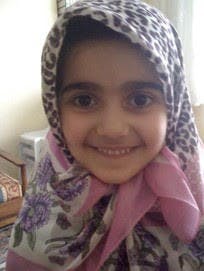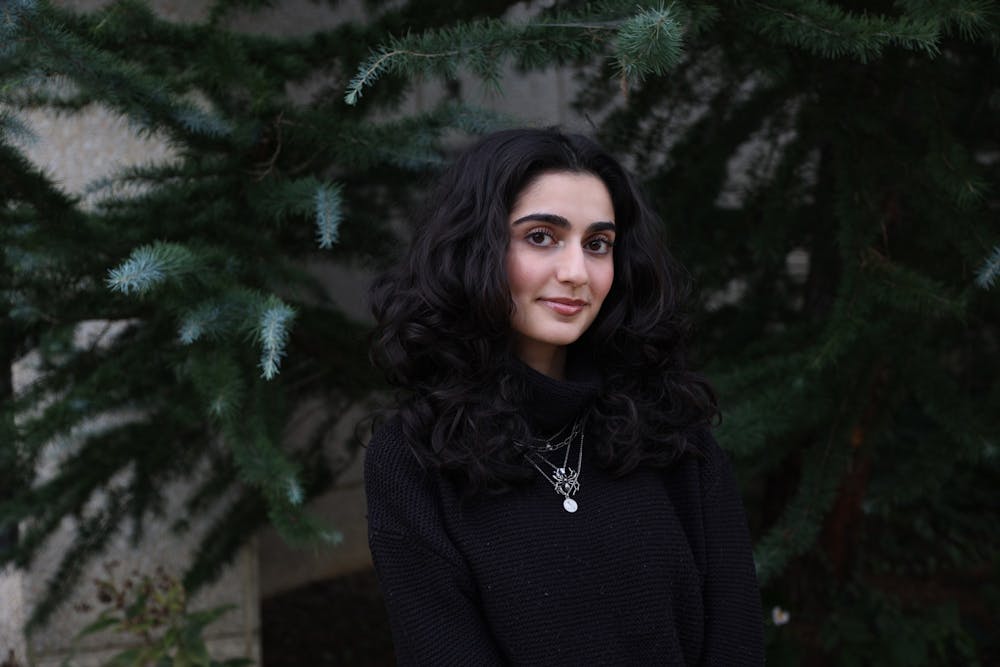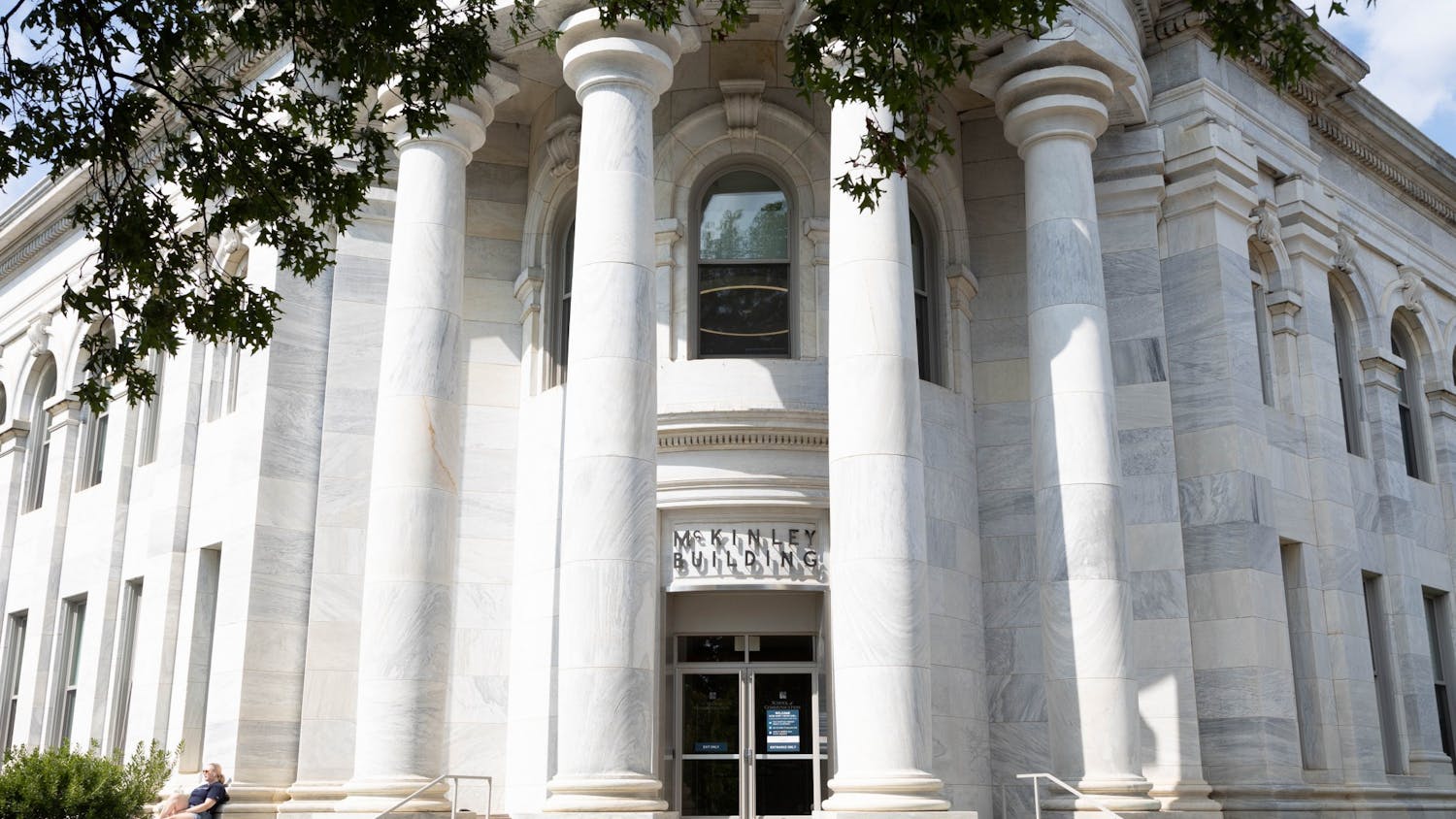“scream
so that one day
a hundred years from now
another sister will not have to
dry her tears wondering
where in history
she lost her voice”
— Jasmin Kaur
As a child, I would frequently try on the hijab in an effort to mirror my mom. Growing up embracing the sacredness of the hijab, to seeing it transform into a political tool feels like hitting a dead end.
Maybe it was always like this. But for a younger me, it was a hard reality to confront.
Time and time again, the hijab has been one of the foundational elements of colonial feminism. This framework refers to the colonizer civilizing a so-called “Muslim world” by saving Muslim women from their veils. To the outside world, this visible symbol of Islam is a looming danger; an unacceptable force. It’s a rebellion against Western values.
When the French held Algeria under its colonial rule in the 1950s, they conducted mass unveiling ceremonies to demonstrate Muslim women’s liberation from the veil. “We must first of all conquer the women; we must go and find them behind the veil where they hide themselves …” stated Frantz Fanon, describing the French colonial doctrine. To the French, introducing Western values to Algerian women through clothing was essential to outline this liberation. The idea of the “poor Muslim woman” was officially born. Through this trope, colonizers could justify their violent imperialist project and destabilize the fundamental structures of Islamic societies.
The hijab became a global weapon, its destruction unthinkable, so unthinkable that wars would be justified under its name.
The U.S. invasion of Afghanistan in 2001 was “a fight for the rights and dignity of women,” said the former first lady Laura Bush. The image of the Afghan woman draped in the head-to-foot burqa represented the U.S.’s fight for freedom, while a secret gas pipeline deal between the Taliban and the U.S. proceeded. Former U.S. Rep. Carolyn Maloney of New York wore the burqa on the House floor in 2001 to celebrate the invasion. “I think that the war helped women. And I think it overall helped the country,” said Maloney.
Poor, poor Muslim women.
After the Sept. 11, 2001 attacks, the line between Islam and Islamic extremism vanished. Your neighbor turned into a terrorist; your middle school teacher turned into a spy for Al-Qaeda. Muslim people in America were dangerous. One didn’t even have to be Muslim; having brown skin was enough for the public to perceive you as a threat.
And the hijab? You were marked for sure.
“Women, life, freedom,” chanted Iranian women after the death of Mahsa Amini, who was murdered by the Iranian morality police for wearing her hijab “improperly.” For decades, Iranian women have been fighting against the Iranian government to reclaim their bodily autonomy. The Western media, however, simply chose to narrate it as “anti-hijab protests.” The clips of Iranian women burning their hijabs and cutting their hair solidified it for Western feminists: the hijab was a dangerous obstacle standing in the way of empowerment.
How are Muslim hijabi women all around the world supposed to feel when the protests are depicted as a rage against Islam?

Muslim women are tired of this false media representation.We don’t have time to grieve the false rhetoric extremists spread about our religion when we are pulled toward the battlefield, having to build our shields against the West’s warped narrative. Our sisters and mothers bleed out, our bodies immobilized. Our voices dissipate into the thin air.
I learned the world was against us from a young age when my mom wasn’t allowed to wear her hijab as a teacher. She quit before she could even start her job. The hijab to me always symbolized my mother’s strength. When I wore the hijab in second grade for a week, it wasn’t because I was oppressed. I knew it was more than just a rule you followed in Islam: it was a protection you put on, a friend that tagged along wherever you went.
The hijab is a symbol of defiance of Western feminism. It is a way of survival. Algerian women started wearing the veil after the mass unveilings because they didn’t want the French’s liberation. Muslim women don’t need your liberation. The ones who wear the hijab do so because that’s their choice. And the ones who choose to not wear it — that’s also their choice. What the Taliban or the Iranian regime does isn’t anything close to the spiritual value the hijab has.
If we claim to be progressive, our fight doesn’t start with labeling “the Other.” Colonial feminism never helped us, and it won’t help now. We need to actively fight against the stereotypes Muslim hijabi women face. If we truly aim to advocate for bodily autonomy, we cannot do it without all of our voices heard.
Meliha Ural is a sophomore in the School of Public Affairs and School of Communication and a columnist for the Eagle.
This article was edited by Jelinda Montes, Alexis Bernstein and Nina Heller. Copy editing done by Isabelle Kravis, Natasha LaChac, Sarah Clayton, Leta Lattin and Luna Jinks.





